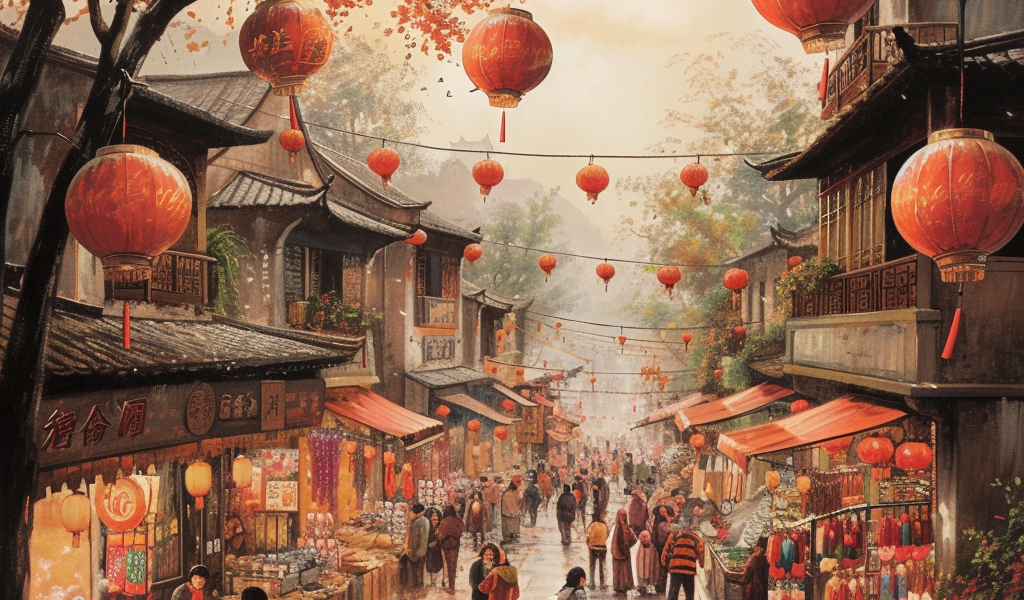The Spring Festival, also known as the Chinese Lunar New Year, is a time of great significance in Chinese culture. During this holiday, people come together with their families and friends, exchanging gifts and participating in various traditions. These traditions include shopping for festive goods, spring cleaning, decorating with red ornaments, enjoying reunion dinners, and exchanging greetings for the Chinese New Year.
Moreover, cultural and entertainment activities such as dragon and lion dances, setting off firecrackers and fireworks, attending temple fairs, and admiring lantern displays are also widely enjoyed during this festive time.
Additionally, the week-long holiday provides an opportunity for people to travel to different places. An increasing number of individuals choose to celebrate the Spring Festival with their families by traveling together and enjoying leisure activities in various locations. All these activities contribute to a peak season of consumption in food and drinks, clothing, entertainment, travel, and more. Therefore, the Spring Festival serves as a significant driver for promoting consumption.
On February 8, 2024, the Chinese Ministry of Commerce designated 2024 as the ‘Year of Consumption Promotion.’ This initiative aims to enhance efforts to promote consumption during the Spring Festival, which lasts for eight days from February 10 to February 17 this year. Leveraging the holiday consumption potential during the Spring Festival is crucial for a successful start to the Year of Consumption Promotion.
To fully capitalize on the holiday consumption potential, it is recommended that both private and public sectors focus on providing culturally rich products, activities, and attentive public services to meet the growing demand for spiritual fulfillment and value-for-money purchases among consumers. By harnessing the joyful atmosphere of the traditional Spring Festival and various folk activities, both sectors can further activate





